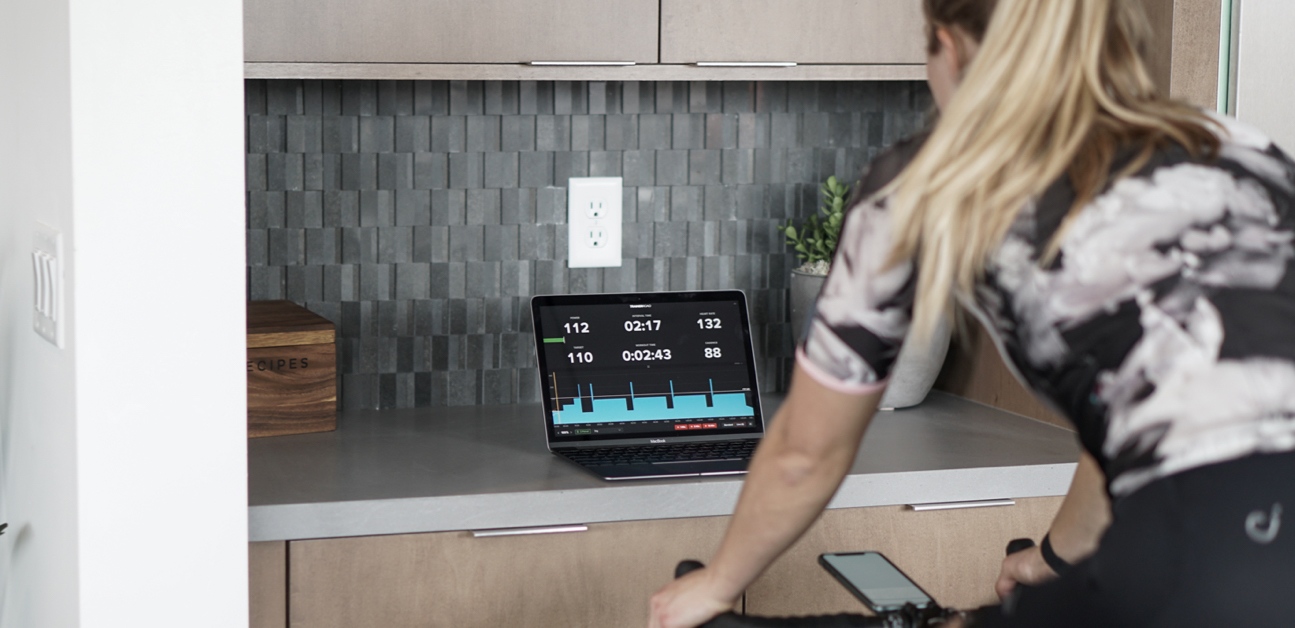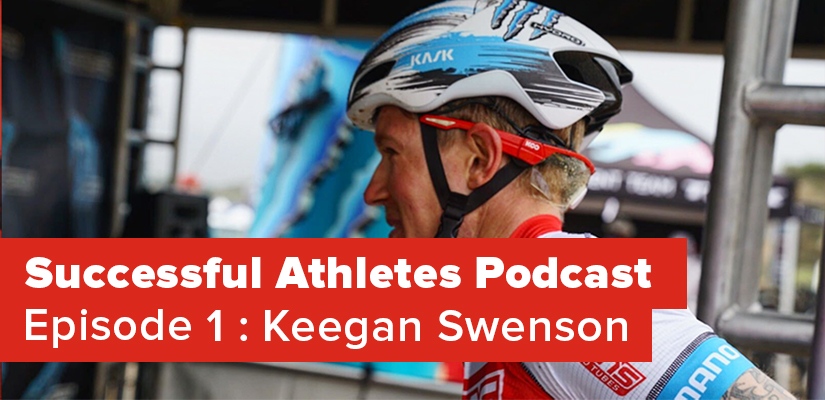Eight Habits to Improve Your Training Routine

You don’t need to make big changes to see big improvements. Optimizing your training routine with the addition of a few small habits can have a significant impact on your progression in the long run. Here are eight habits you can easily add to your routine to train better and get faster.
Key Takeaways
- Your routine and your habits have a large impact on your training.
- Too much change at once is hard to maintain.
- Small, incremental change will compound overtime for a significant positive impact on your training and your progression.
- When working on habits, aim for process oriented goals and be prepared to have a flexible approach.
Start Small
Your training routine has a significant impact on your workouts and training progression. From nutrition and planning to hydration and mindset, all of the habits surrounding your routine play a role in how you feel when it’s time to start your workout.
Luckily, the most impactful habits are the ones that start small and can be easily integrated into your day. Small habits like these may not seem like much on their own, but when done consistently over time, their impact will compound and result in significant long-term transformations. To get started, here are eight small habits you can add to your daily routine that can significantly improve your training.
1. Prep Your Training Zone in Advance
The fewer variables standing between you and your workout, the easier it is to start that workout. When you get in the habit of setting your bike up, filling your water bottles, charging your headphones, and laying out a clean kit in advance, you’ll always be four steps closer to a successful workout. This type of routine can also really help you maintain consistency and prevent additional stress or frustration when it’s time to ride.
2. Read the Workout Description
Every workout in the TrainerRoad library includes a written description describing the types of intervals you’ll be doing, the goal of the workout, an explanation of how the workout fits into your progression, and how to optimize the workout with drills or adjustments. Making it a habit to read these descriptions can give you a better understanding of your training. This, in turn, helps you get the most out of your workouts and increases your overall confidence in the strengths and abilities you’re developing. You can find the workout description by tapping or clicking on a workout.
3. Carry a Water Bottle
Hydrating in-between training sessions is really important but it can be easy to forget to drink water and take in additional electrolytes when you’re not on the bike. If you’re a person who struggles with hydration between workouts try carrying around a water bottle as a physical reminder to keep drinking. This can help you stay hydrated for your workouts and your recovery, and when you’re sufficiently hydrated everything is a little easier.
4. Fuel Your Workouts
Proper fuel, and sufficient carbohydrates, are key to performance. This is especially true as you progress through your training plan and take on a progressively more challenging workload. If you work out in the afternoons, try consuming a healthy carb-based meal three to four hours before that workout. If you work out early in the morning, try taking in a little fuel right before as well as during your ride. When making a habit of fueling your workouts, the work is easier, and the adaptations are more significant.
5. Aim for a Consistent Bedtime
Sleep is tough to tackle but an important part of training and recovery for endurance athletes. If you want to make an effort to improve the quality of your sleep, try to aim for a consistent bedtime. Maintaining a consistent bedtime at a time that’s realistic for you is more impactful than sneaking in a few extra hours intermittently.
Adaptive Training
Get the right workout, every time with training that adapts to you.
Check Out TrainerRoad6. Start Don’t Skip
On the days when you don’t have the motivation to train make it your goal just to start the workout. More often than not, motivation will follow action and you’ll be feeling better when your warm-up is done. With that said, if you get past that point and you still really don’t want to be on your bike, turn back, or hop off the trainer and finish up. At the very least, you got ten extra minutes of riding than you would have and you reinforced the habit of starting instead of skipping.
7. Analyze Your Data
Just like reading the workout description can help you better understand your workouts, taking a few minutes after a workout to analyze your data can help you better understand your strengths and weaknesses. Use your personal records and your seasons chart to compare your power PRs between workouts, training phases, and years.
8. Approach Your Workouts With Curiosity
If you listen to the Ask a Cycling Coach Podcast you may have heard podcast host, Amber Pierce, mention this great mental approach. The basic idea is that when you approach your workouts with fear-based motivation, negative self-talk, or pressure to perform, it can have a harmful impact on your mindset and your training. If you can replace this mentality with a positive internal dialogue and the ability to approach your workouts with curiosity and enthusiasm, it reinforces a healthy relationship with your training. It’s as simple as shifting that internal voice from saying “I have to do this” to “I wonder what I’ll accomplish today.” Approach your workouts with curiosity, enthusiasm, and the expectation that there is a lot to be learned along the way.
Create Habits not Rules
When you implement these strategies keep in mind that building habits isn’t the same thing as setting rules for yourself. Rules can be rigid and stressful to maintain while habits are meant to be supportive and flexible. Aim for process-oriented goals and be prepared to make some adjustments along the way to maximize your routine and training process.
For more cycling training knowledge, listen to Ask a Cycling Coach — the only podcast dedicated to making you a faster cyclist. New episodes are released weekly.
